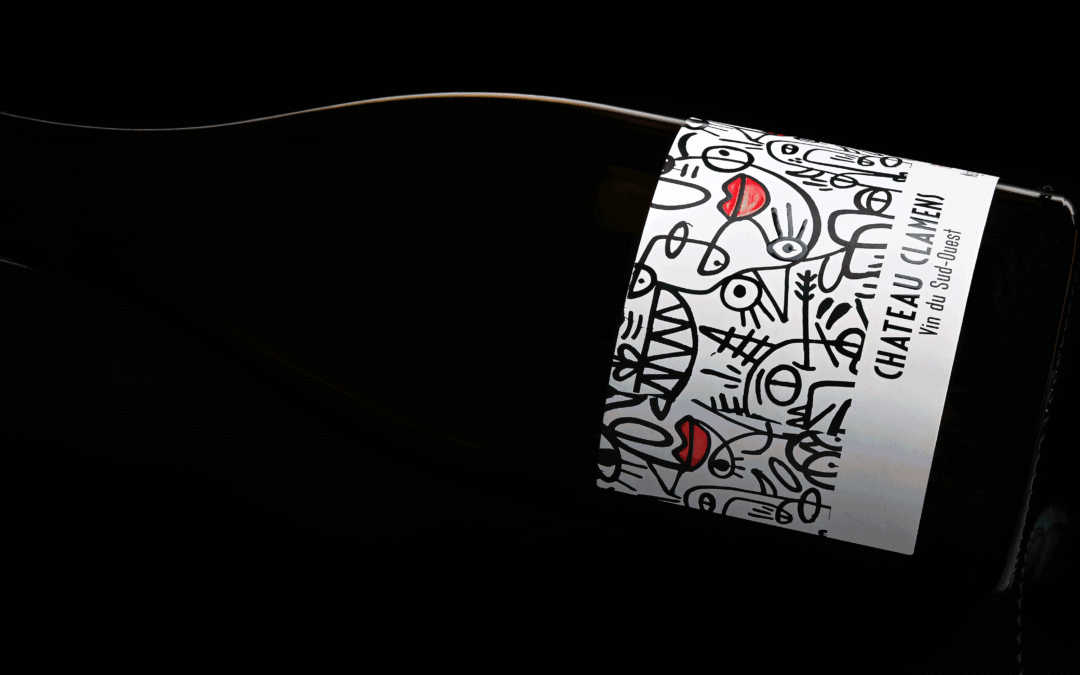The label is a signal that helps consumers find their way around and make up their minds. It can include a combination of reassuring information (brand names, origin and legal information) and information that appeals to the consumer’s imagination and emotions (emblem, range name). The challenge is to align the promise of the tasting experience with the actual taste of the product.
The wine label has become one of the triggers for in-store purchases. According to the Vignerons Indépendants survey conducted by Opinion Way in 2023, 7 out of 10 French people attach importance to a wine label when making a purchase. This trend concerns all age groups, although the importance of a wine label varies according to age.
For one young person in 2, the label serves a social function, with some choosing a wine with a fancy label, mainly for festive consumption and on wines costing less than €10. Modern, sleek and quirky labels, yes, but not for every occasion. Contrary to received opinion, which leads us to believe that labels must break away from tradition to attract young consumers, the survey shows that while this new generation accepts new codes, they will mainly buy them to drink with friends rather than for more formal occasions.
After the age of 35, only 9% plan to buy a wine costing more than 20 euros with an original label.
However, the over-65s will pay attention to more traditional labels that refer to the estate or winemaker behind the bottle, demonstrating their attachment to the artisanal model. Older people drink wine more regularly, daily and in moderation. The glass of wine that accompanies meals is part of a very French tradition, which seems to be adapting to the passing years.
Overall, 85% of French people would opt for sober labels to encourage them to buy, far ahead of extravagant labels (12%).
At a time when consumers are spoilt for choice on the shelves, wine labels are the result of a great deal of thought. Some labels focus on the wine’s characteristics and seek to build confidence, while others appeal to the consumer’s imagination or tell a story with landscapes, colours and humorous or quirky designs.
But should we be reassuring wine lovers who are attached to conventional codes, or trying to win over new generations who are tired of tradition?
Obviously, the answer depends on the ‘storytelling’ of the wine, its target audience, its production region, the messages it needs to get across, and its need to stand out from the crowd.
The choice of sobriety can be an expression of the seriousness of the château or estate, which doesn’t really need to promote itself because its reputation is good enough. It’s all about subtlety and attention to detail, the choice of more textured materials, embossing and elaborate hot foil.
A more graphic and colourful world, with bold designs, has the enormous advantage of being much more visible on the shelf or on the Internet. Stand out from the crowd to get noticed, but the quest for originality must not take precedence over elegance.
And why not bring together tradition and novelty, as in the case of certain limited editions or special vintages? However, it is essential to maintain visual consistency with previous labels to avoid confusing loyal consumers and disrupting brand recognition. Adapting graphic elements while preserving the essence of the graphic charter contributes to a positive consumer experience. Visual timelessness that stands the test of time remains a sure bet.
Our design agency Atelier 7 is here to help you design your labels and our sales teams will be able to recommend technical platforms that will sublimate your labels.
To contact us 👈
